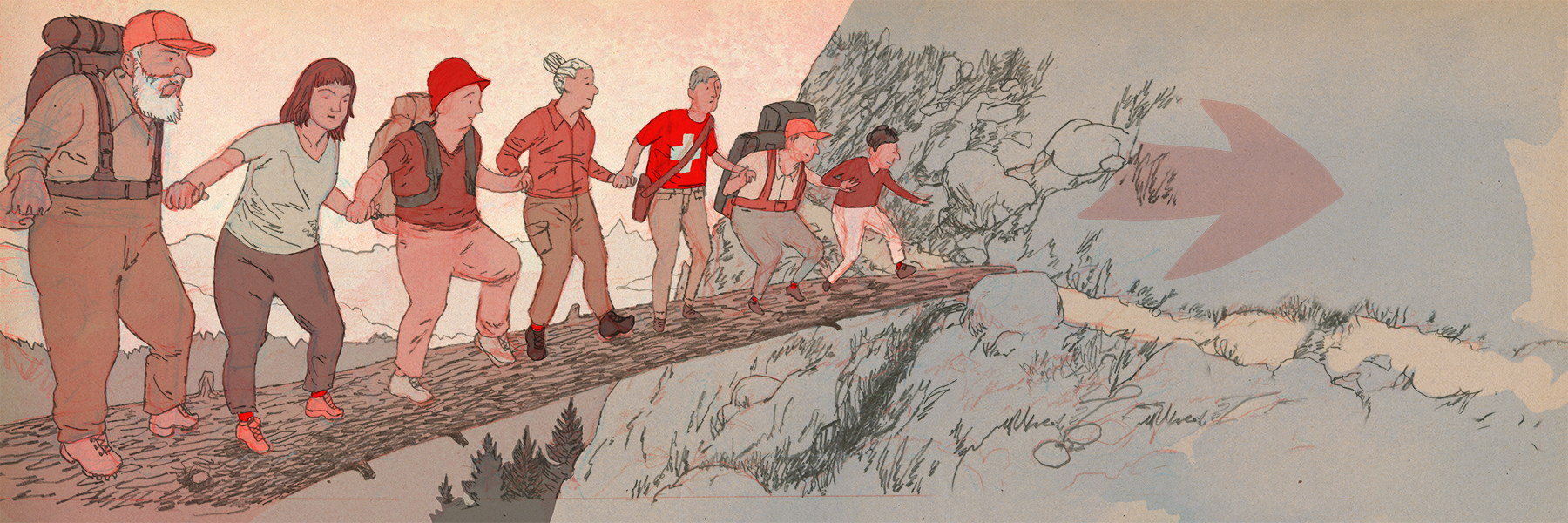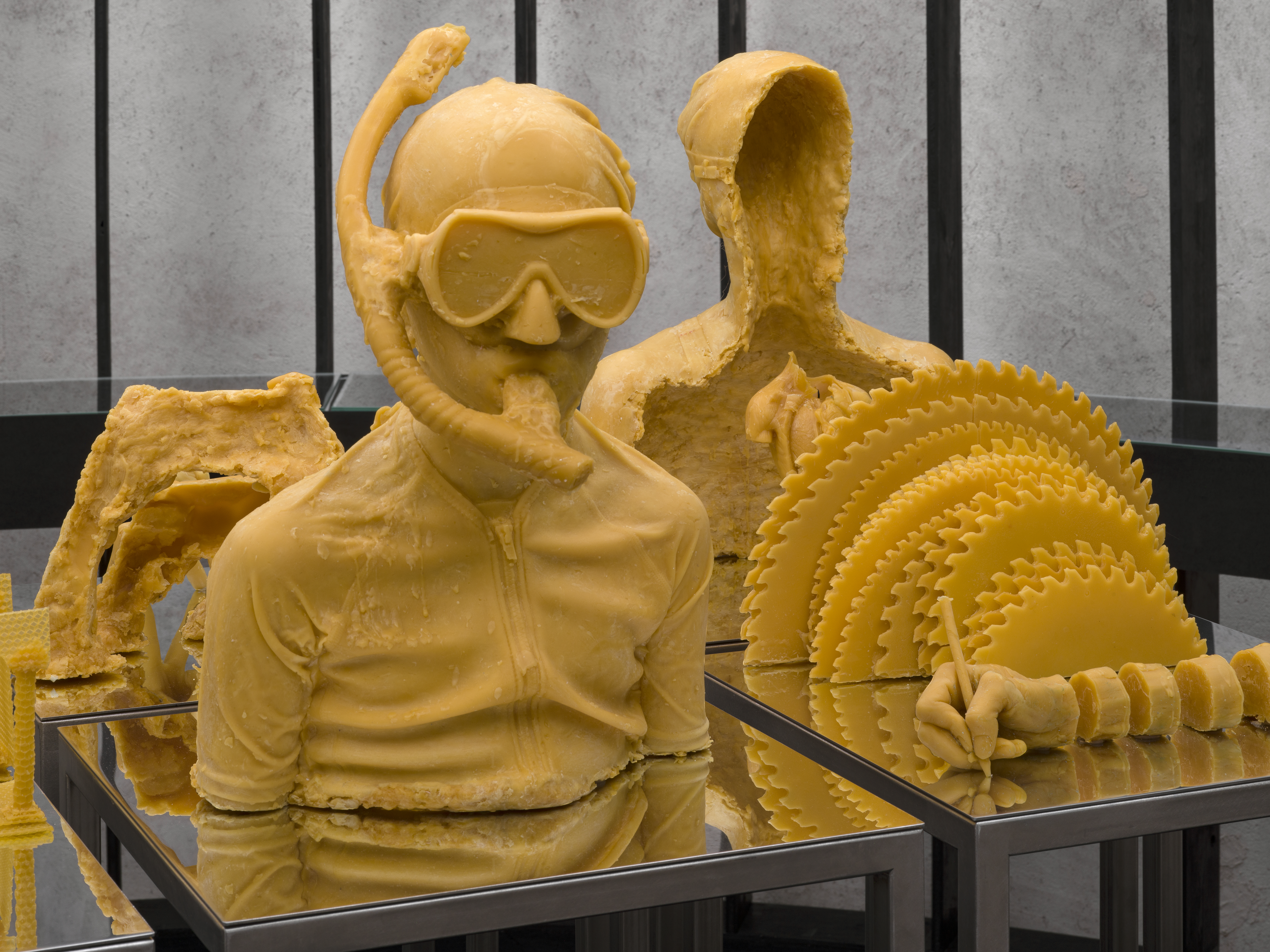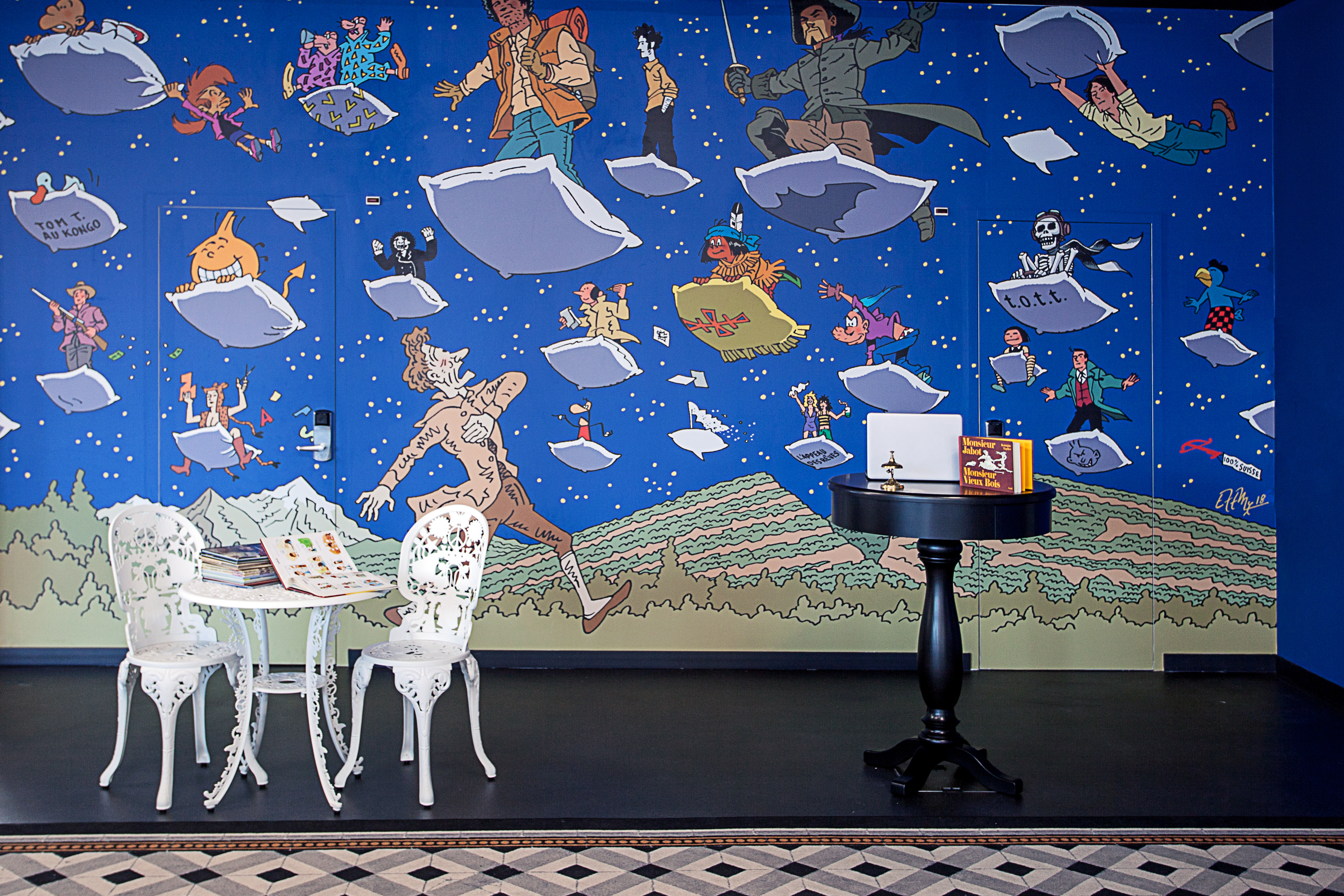
Modern human brain is 1.7 million years old

Today’s human brain was born 1.7 million years ago when our ancestors started using more complex tools and were developing language, say Zurich scientists.
Researchers at the University of Zurich used a digital imaging technique called tomography to analyse the remains of fossilised skulls. The technology has enabled them to determine the development of the modern human brain.
Homo populations first emerged in Africa 2.5 million years ago, but their brains were only half the size of people’s brains today – much closer to those of apes. In addition to size, the structure of early brains, which had smaller frontal regions, was quite different.
“Human brains primarily use regions in the forehead area that are responsible for the planning and execution of complex thought and action patterns, and ultimately also for language”, said anthropologist Marcia Ponce de León.
Getting a true picture of fossil skull remains had proven notoriously difficult in the past. But tomography, which can accurately image sections of material, was essential in putting together the pieces of the jigsaw by examining the imprints of brains left behind on the inside of skulls.
Homo populations with larger brains quickly spread from Africa to Asia, according to an analysis of skulls found in Java, the researchers said.

In compliance with the JTI standards
More: SWI swissinfo.ch certified by the Journalism Trust Initiative





























You can find an overview of ongoing debates with our journalists here . Please join us!
If you want to start a conversation about a topic raised in this article or want to report factual errors, email us at english@swissinfo.ch.